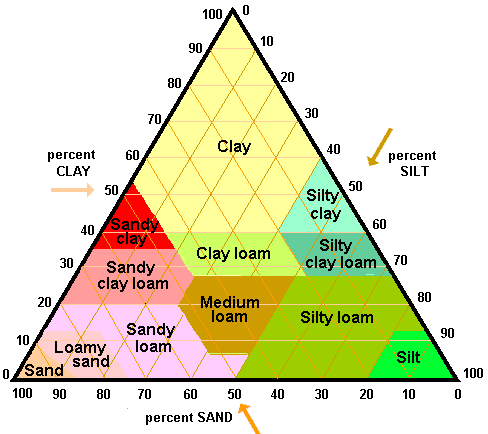On November 4th, 2010 the San Antonio de Escazu suburban region of Costa Rica was impacted by a mudslide. This populated city is surrounded by many steep mountain and volcano slopes, which are prone to events of mass wasting (downward movement of rock and sediment that transports materials). Mudflows can be very damaging, as they destroy and bury whatever is in their path. The mudslide of 2010 had lots of water in the flow due to heavy rains, and it was very destructive as the fast stream that did not give residents time to prepare. 23 people died trying to escape the flow and several homes were buried.
This mudslide was offset by heavy rains in the area, which loosens the bonds holding the soil and sediment together. The loose ground then forms a thick muddy fluid that quickly flows down the slope and solidifies after the water stops flowing through.
The soil composition and structure in Costa Rica was the “perfect recipe” for a mudslide to occur. Based on a study, the main soil types consist of loam, sandy loam and silty loam, which create a porous soil. This soil is less flocculant (particles that stick together) than others, which means that it is more prone to water particles slipping between soil particles.
The layers of soil in Costa Rica have a thick O horizon, which is the organic matter consisting of decaying material (leaves, dead animals, ext.). There is also a thick A horizon, which is dark in color from the nutrients and supports plant growth. The B horizon consists of minerals that have trickled down from the O and A horizons. These minerals have been compressed in a blocky form, which are clusters of soil that allow water infiltration.
 |
The soil horizons are shown. Photo Credit: llrs.co.nz
|




No comments:
Post a Comment